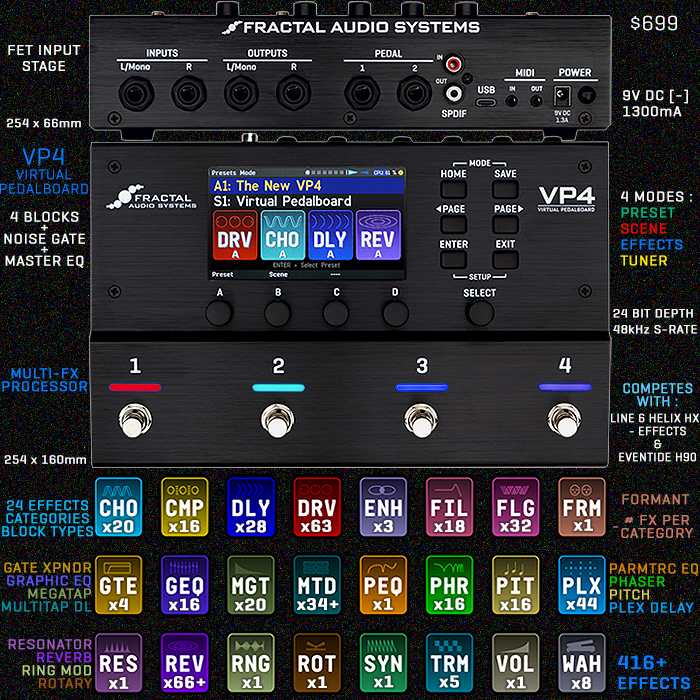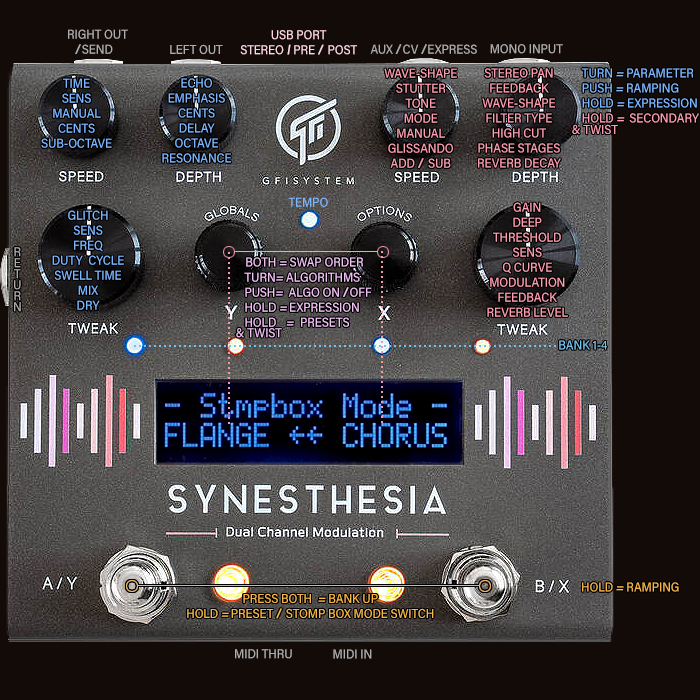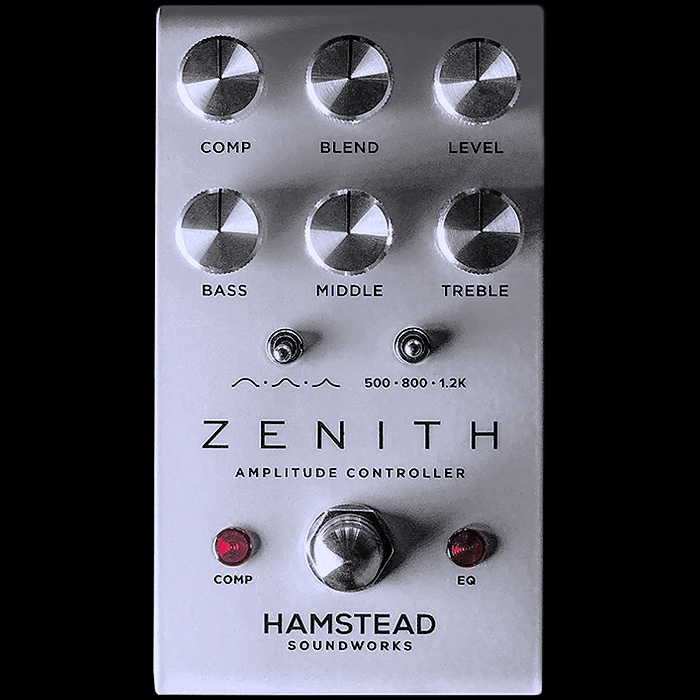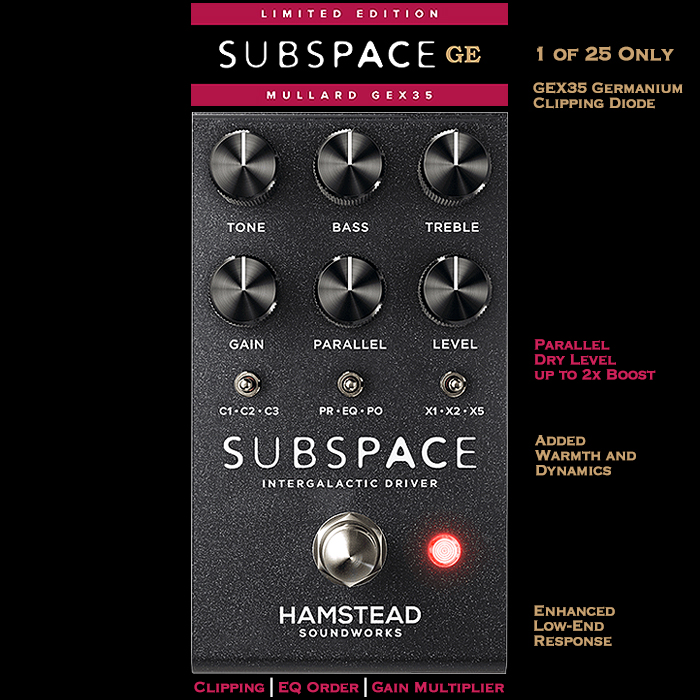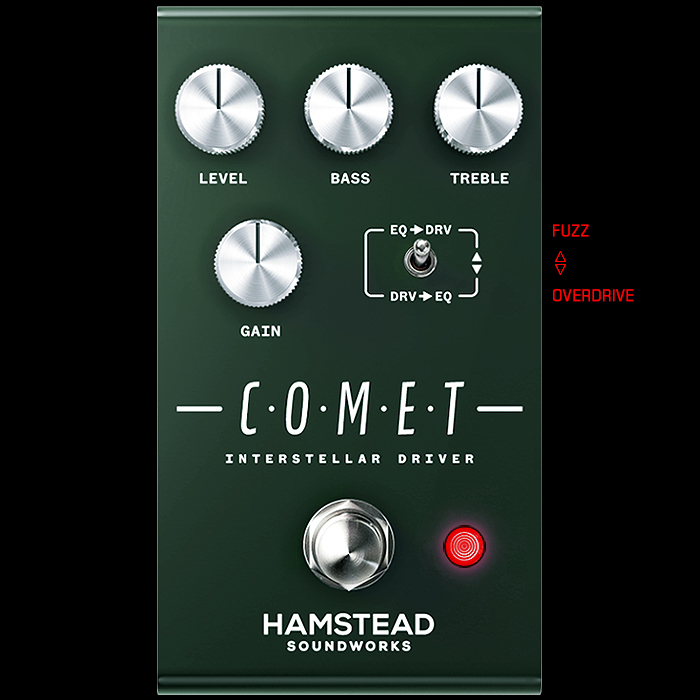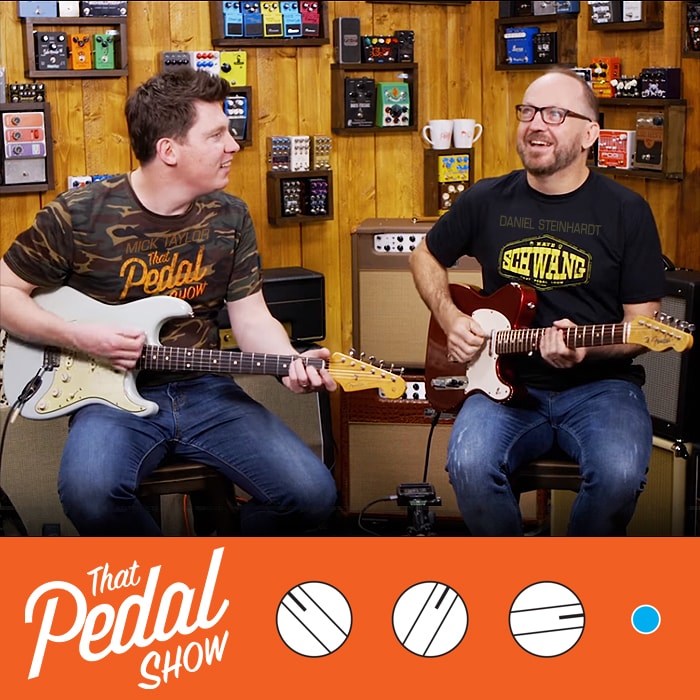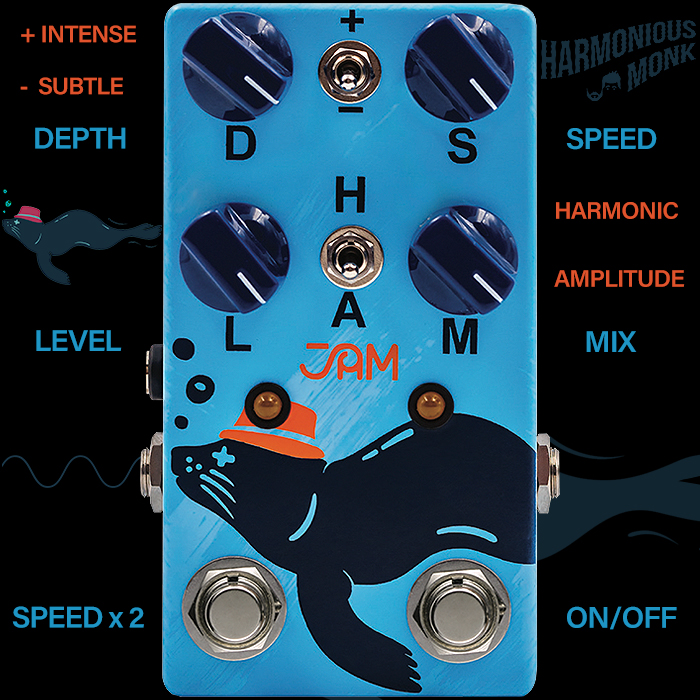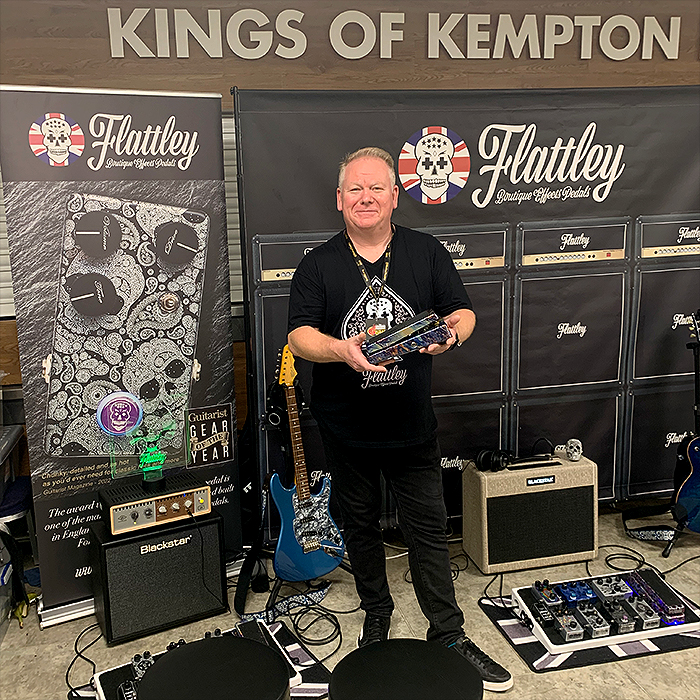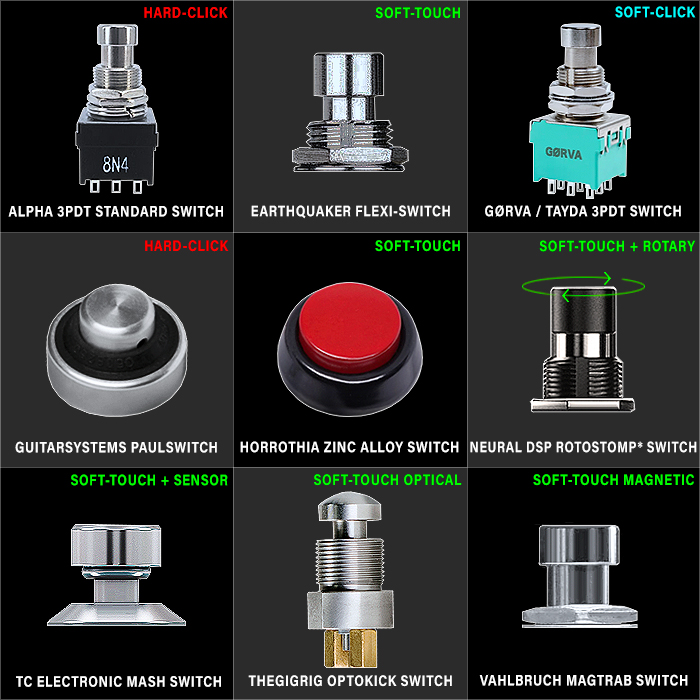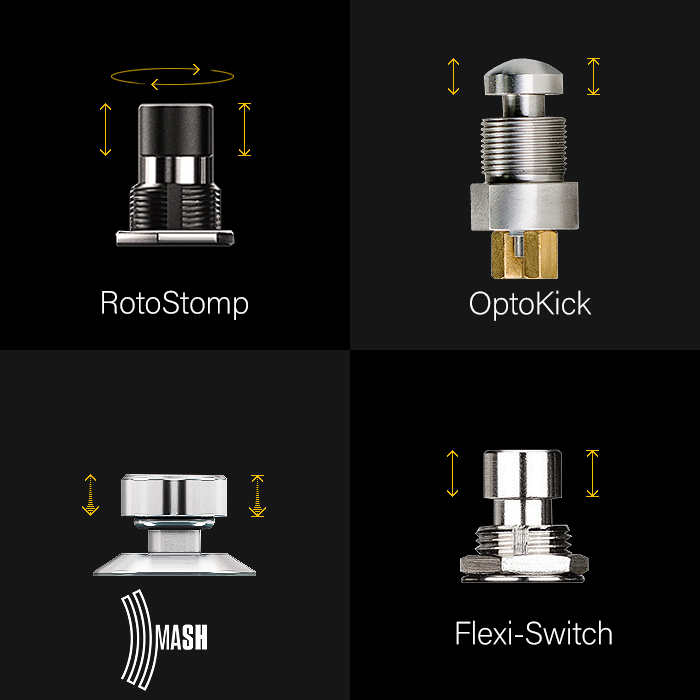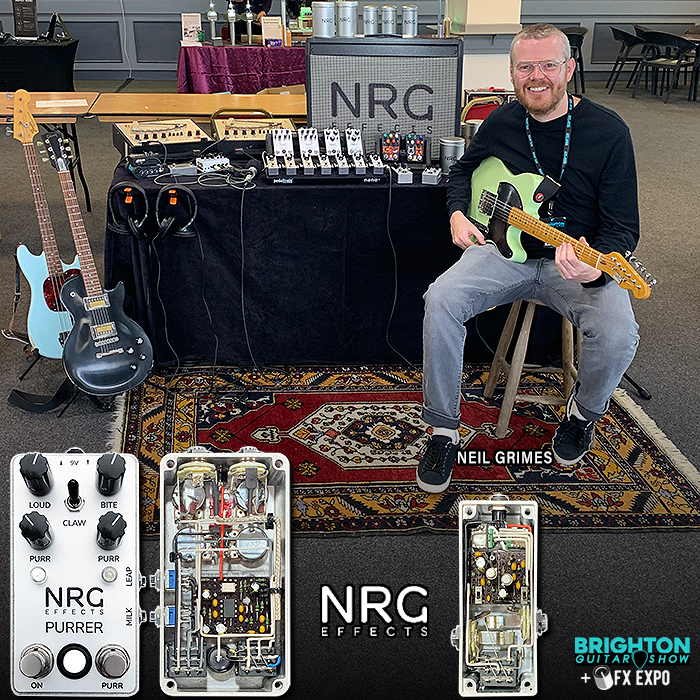My superb Hamstead x TPS Redwing Analogue Stereo Modulator has landed - and it's been an absolute delight right from the start!
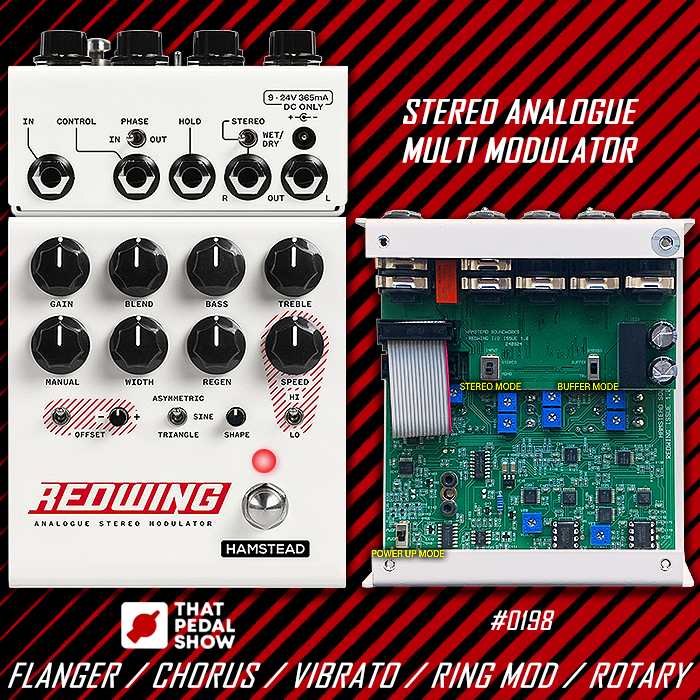
So I’ve had my Hamstead Redwing for barely a week now, where I adapted to it incredibly quickly. My only challenge was in using a Strymon Mini Switch for the Hold function - possibly I need something else in that situation, while the Expression Speed Control is a breeze. UPDATE! - My DryBell F-1L kind of works for the Hold function - albeit it’s not entirely ideal - need to know what Mini switches are recommended for use with the Redwing Hold function?
Controls - Gain (Makeup Gain > +6dB), Blend (Wet Mix - Full Dry > Full Wet), Active Bass ±15dB, Active Treble ±15dB. Manual Delay Time, Modulation Width, Regen / Feedback, Speed | Hi/Lo, Manual Offset Switch | ± knob, Wave Shape : Asymmetric / Sine / Triangle | Shape (Wave Symmetry).
Rear Controls & Ports - In (Stereo via TRS and internal dip-switch), Control EXP (Speeed), Phase : In / Out, Hold Remote (Max Regen / Feedback), Stereo Mode : Stereo | Wet/Dry, Right Out, Left Out, 9-24V DC [-] 350mA.
Internal Dip Switches - Default Power Up Mode : Off / On, Input Mode : Stereo / Mono, Bypass Mode : Buffer / True.
Ideal starting positions : Gain @ noon, Blend @ noon, Bass @ noon, Treble @ noon. Manual CCW for Flanger / CW for Chorus - start at hard CCW or CW and move on from there, Width @ min, Regen @ min, Speed to taste, Offsett Off, Shape Sine / Middle for knob.
A great way to get stuck into this pedal is to start with Dan and Mick’s Preset suggestions and tweak from there. I’m a huge fan of Rotary Speaker sounds and suitably tweaked Mick’s ’Rotation Situation’ to my preferences. I obviously like a lot more low end in my signal!
My Rotary Settings are - Gain @ Max, Blend @ 2 o’c, Bass @ 4 o’c, Treble @ noon, Manual @ Max / FCW, Width @ 2 o’c, Regen @ 11 o’c, Speed at just a fraction over 9 o’c (need to fine-tune by ear for Max Speed), Offset On (Down) @ 3 o’c, Shape : Asymmetric, knob in middle as usual, Speed Mode on Hi!
Those settings aren’t too far away from a Classic Chorus - you just need to wind back the Blend to Noon, slightly adjust the Width and Regen, and switch off the Offset - that delivers a perfect Classic Chorus sound.
I also created 2 great different styles of flanger :
Dirty Flanger - Gain @ 3 o/clock, Blend @ 2 o’c, Bass @ Max, Treble @ 11:30 o’c, Manual at Min / FCCW, Width @ Max, Regen around 3 o’c, Speed @ 9:30 o’c [Lo], Offset On (Down) @ Max, Shape Asymmetric, knob @ noon.
Classic Flanger - Gain @ 3 o’c, Blend @ 2:30 o’c, Bass @ 3 o’c, Treble @ noon, Manual @ 10 o’c, Width @ Max, Regen @ 3 o’c, Speed @ 3 o’c - Variable [Lo], Offset Off (Up), Shape : Sine, knob @ noon.
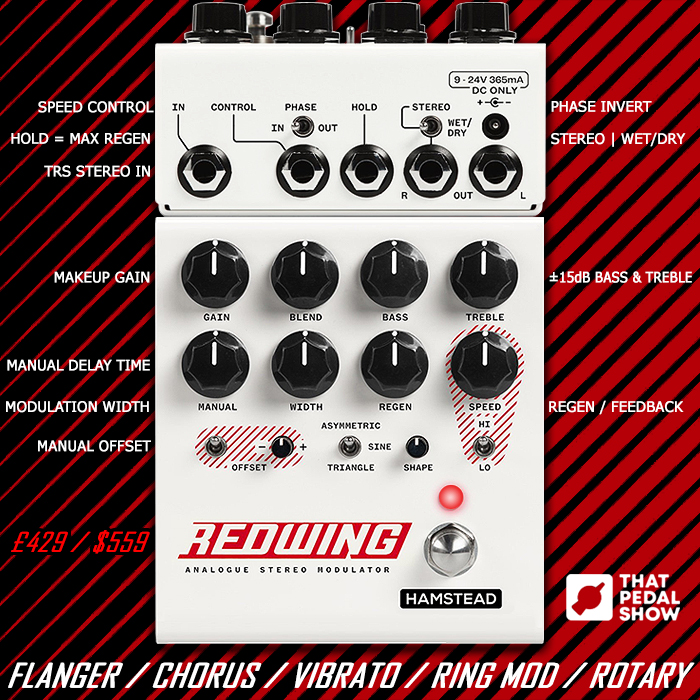
I'm really loving the Rotary voicing so far - in fact everything I've done with this pedal sounds great - it definitely leans towards classic and elegant tones - while you can also fairly easily get into dirty and noisier styles - but that's not necessarily the natural domain for his pedal - it's been set up to create a wide variety of classic modulation tones. There's also a very signifiant amount of of High End Sparkle on-tap - which is essential for creating those classic Electric Mistress tones - that has so much to do with how the top-end frequencies are shaped!
There's no less than 9 internal trim-pots here - while I don't recommend you mess with those - it will be very difficult to bias all those back to their original settings. Looking at the circuit board makes it very evident how much care and attention has gone into this pedal. It's obviously using SMT components - which keeps the size down significantly - were this pedal to be made with full size THT components it would have been at least twice the size!
You do need to access the internals - to adjust the 3 Mode Switches - which control Stereo / Input Mode, Bypass Mode (Buffered / True), and Power Up Mode (On / Off at startup).
This pedal really does have the perfect complement of controls to deliver all those essential modulation tones. The learning curve is relatively short - but the degree of possible experimentation is infinite [ as you seek out all the more extreme and in-between sounds.
I believe I got one of the very last of the first TPS Batch - #0198! And these are already in general distribution now, including at Andertons - which happened even before my one arrived - I did order mine before Christmas - but TPS was on vacation until the 6th - so I could have got one quicker if I had waited and ordered from Andertons. But I'm delighted with everything about this pedal (and I love the TPS Packaging and personal touches) - obviously it goes for £429 / $559, which may seem pricey to some - but looking at the pedal's circuitboard shows you just how much work has gone into this pedal - and how tricky the factory setup for this pedal is - tweaking all those trim-pots - and so this is actually really good value all things considered!
The only downside is that you can't preserve all those different killer settings - and need to dial them in by ear each and every time! For an all-analog pedal though - this is about as good as it gets! A fantastic sonic and technical achievement for sure. Congrats to Peter, Brian, Dan and Mick - for a job well done!
You can read up more about the Redwing on the Hamstead Soundworks Website, including access to the Manual.
It's most definitely worth an investment!

Demos / References







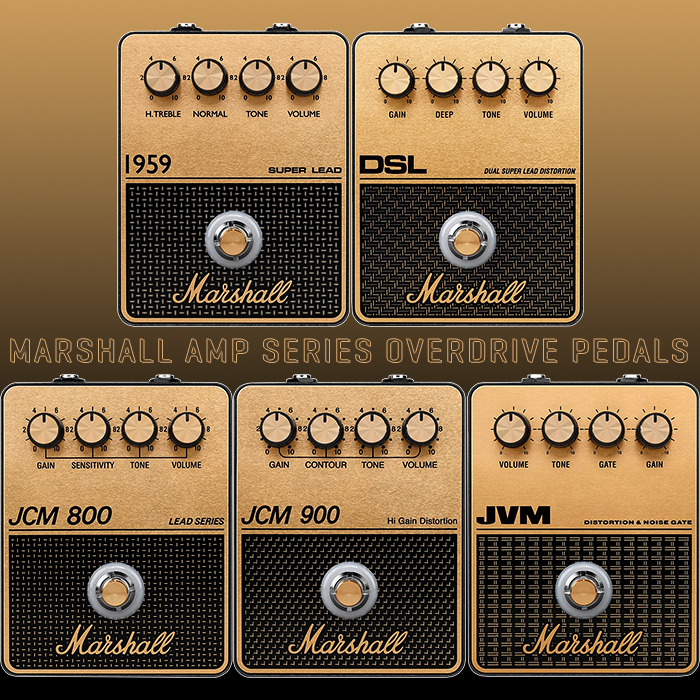
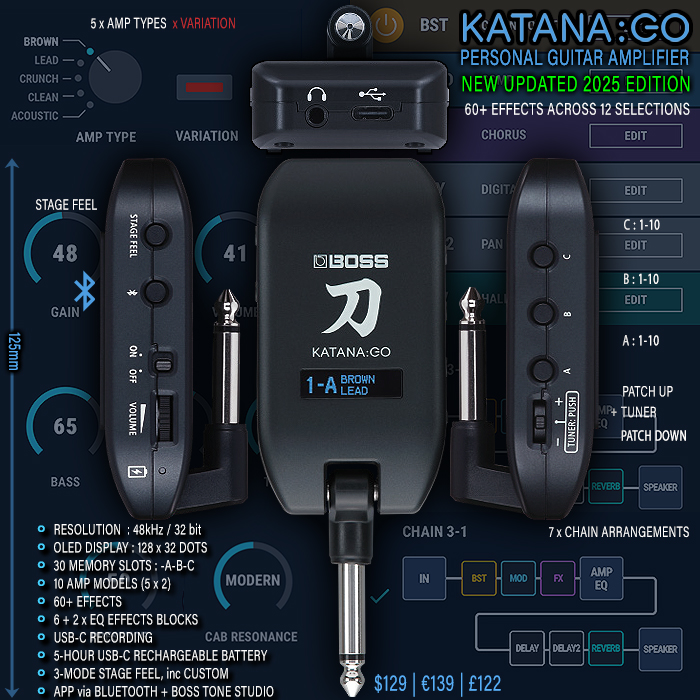
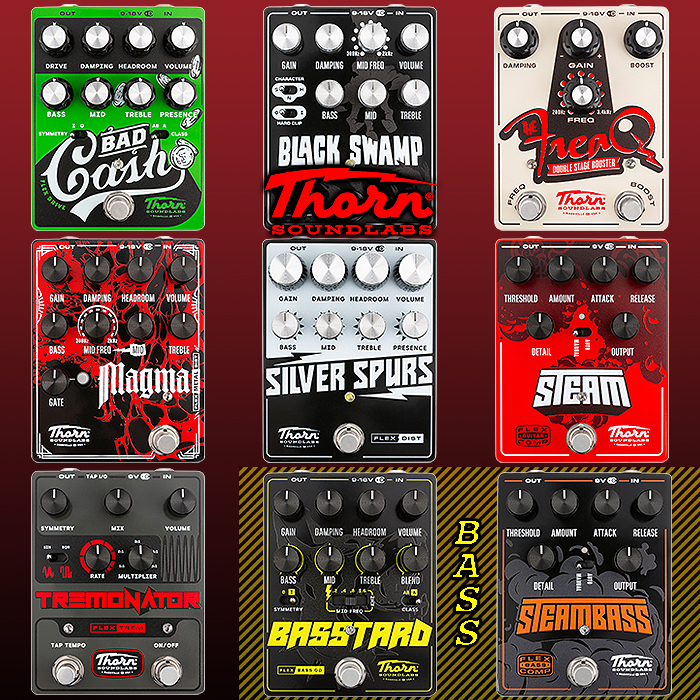
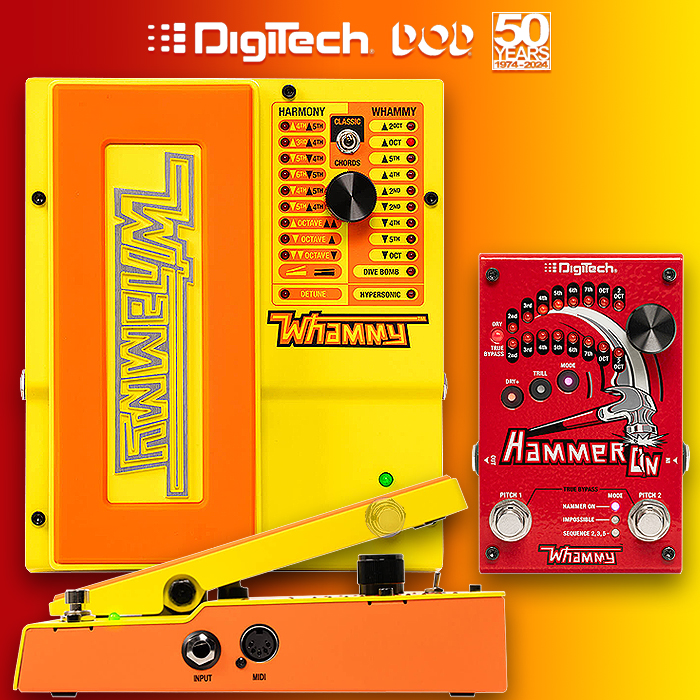
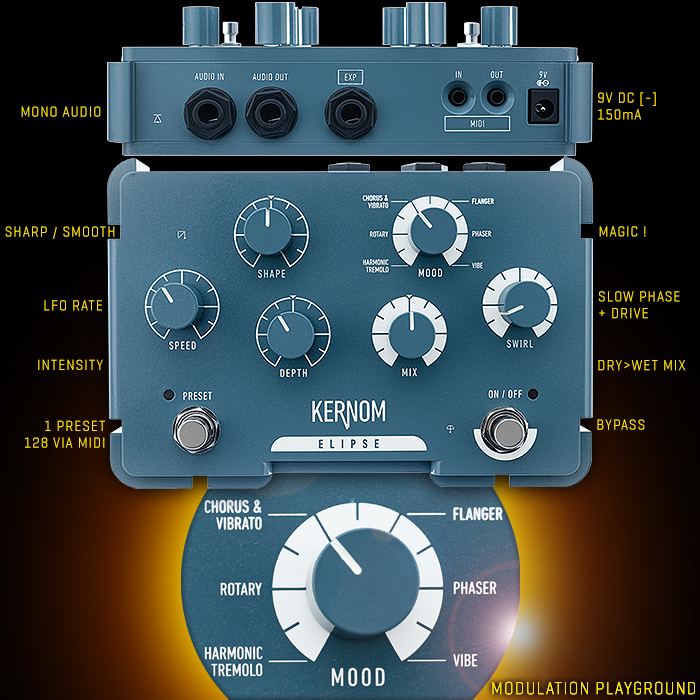
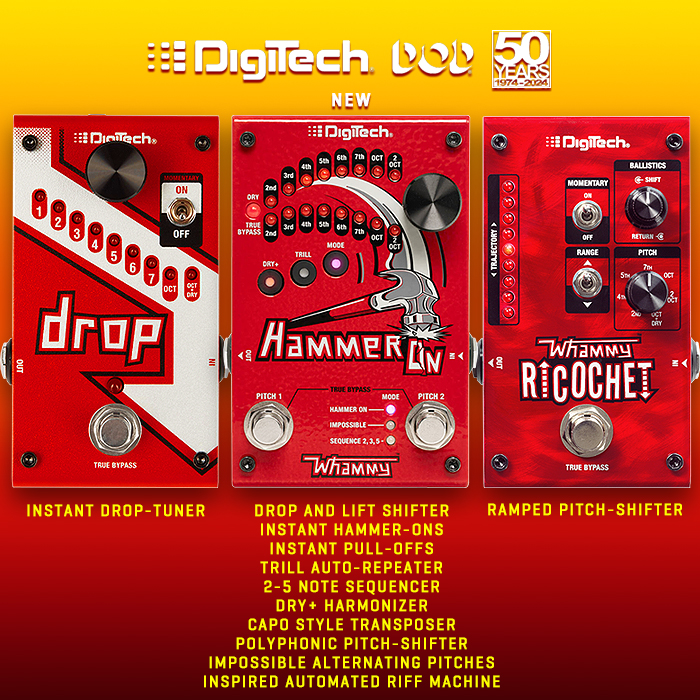
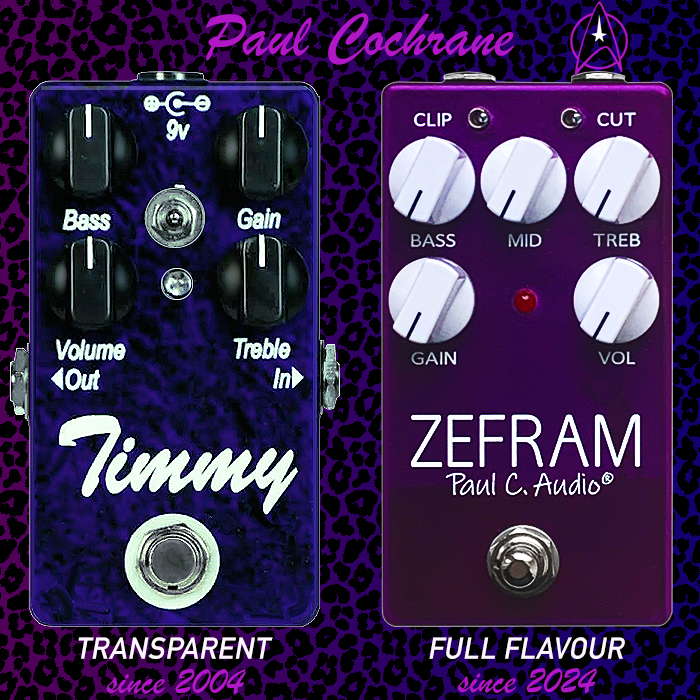
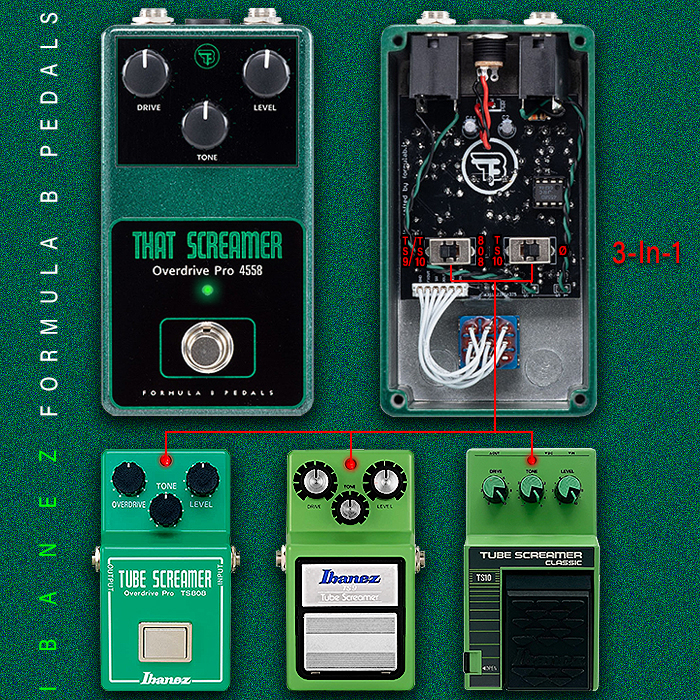

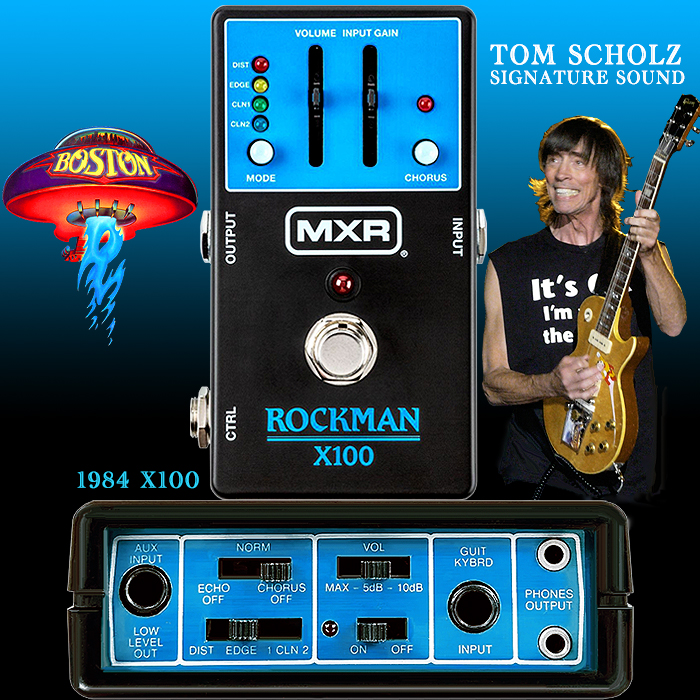
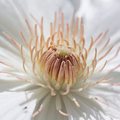

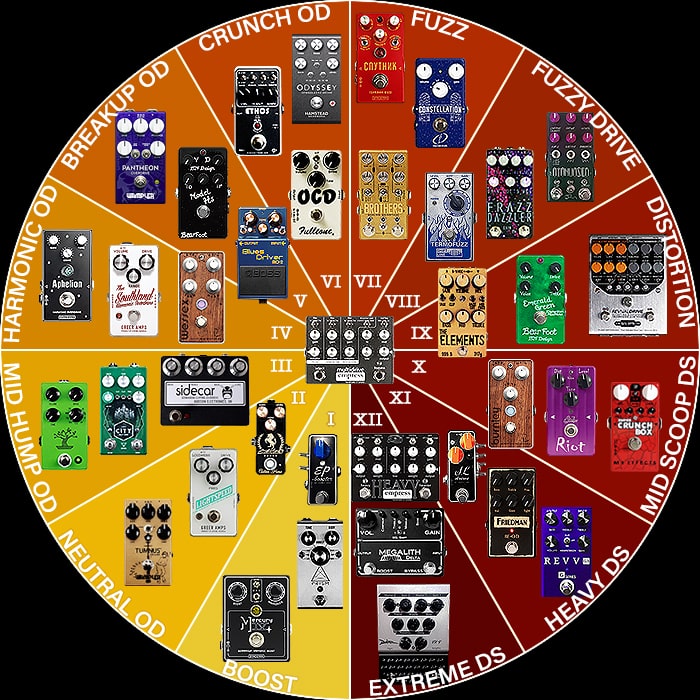
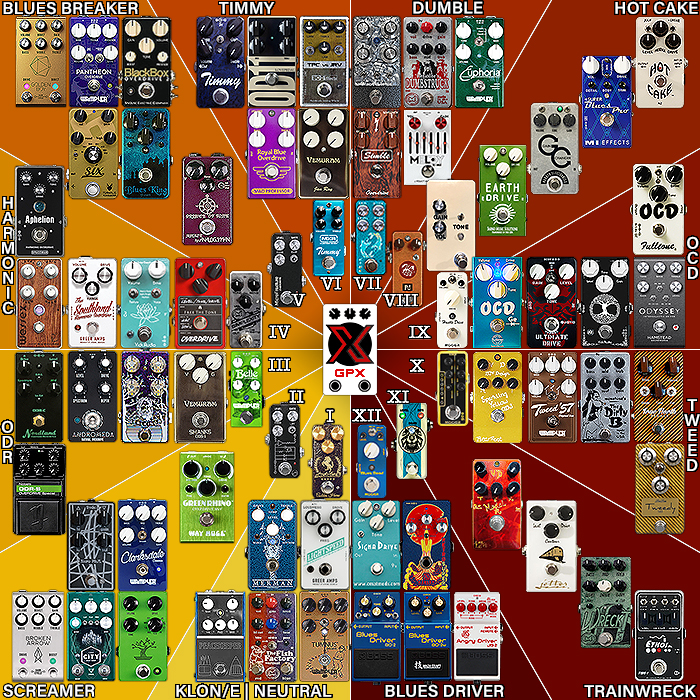
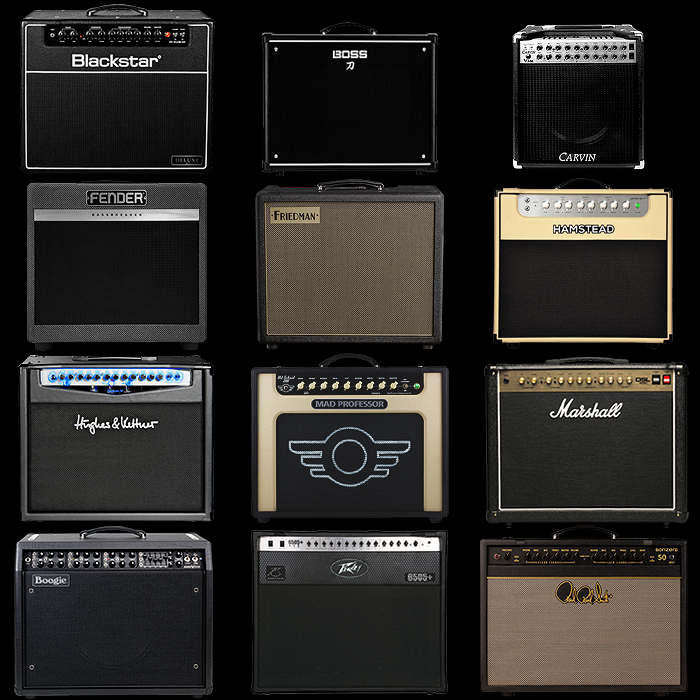
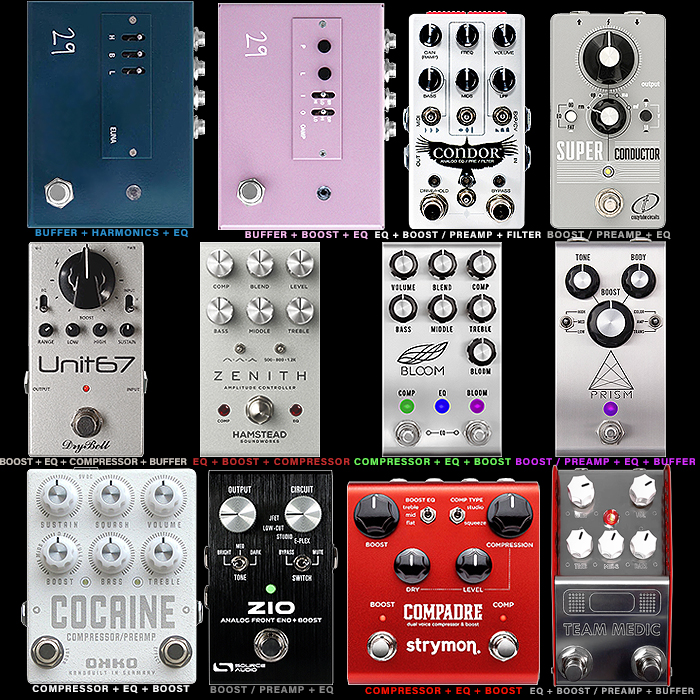
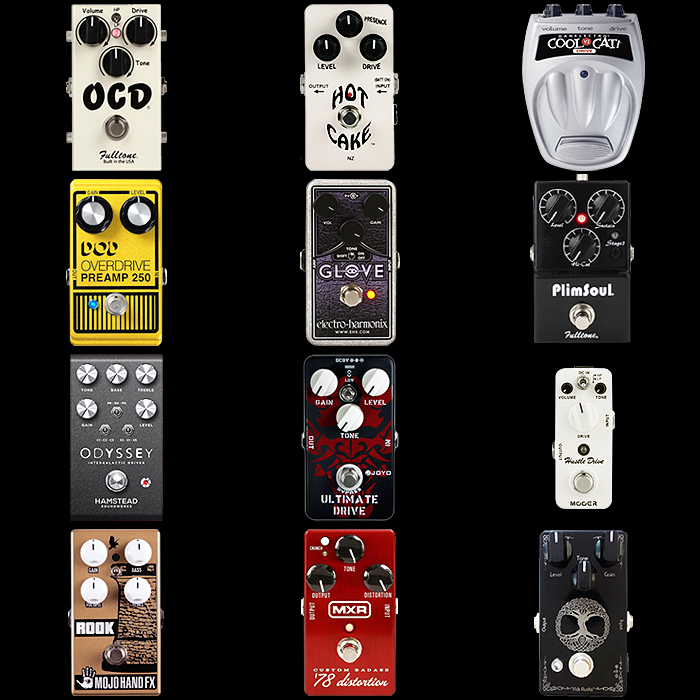
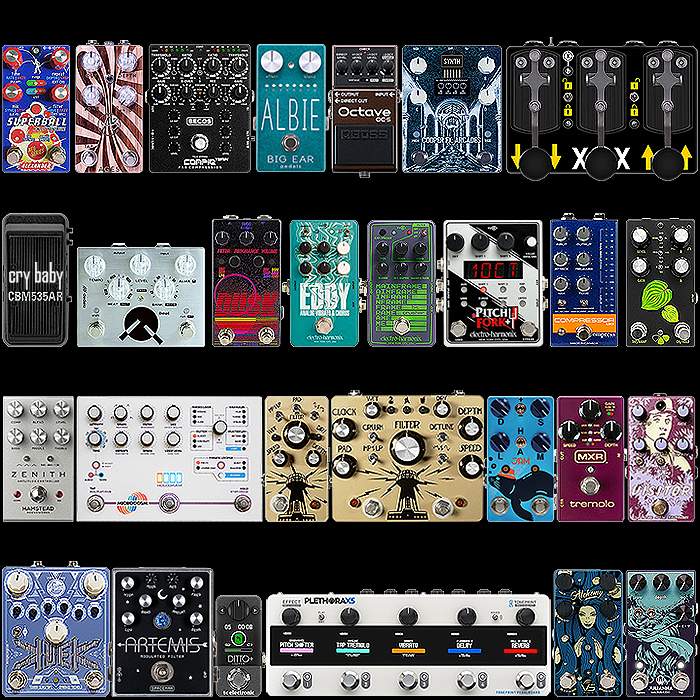
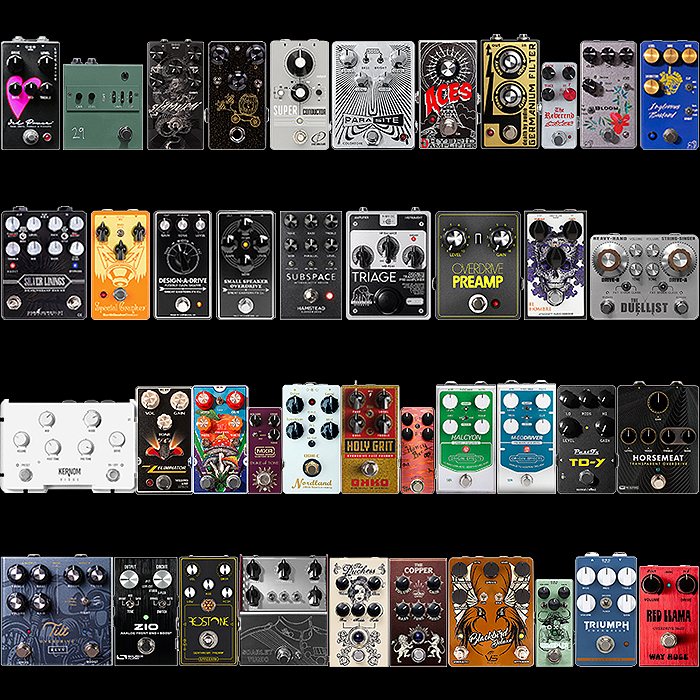
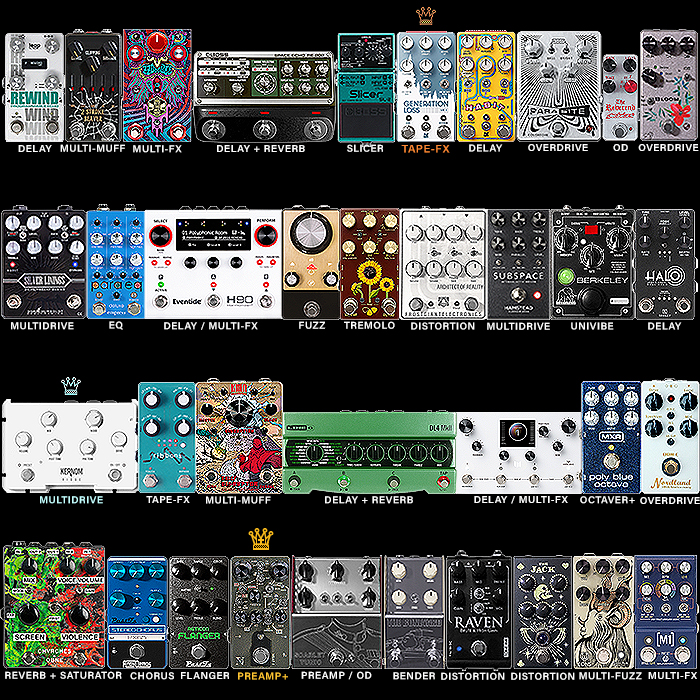
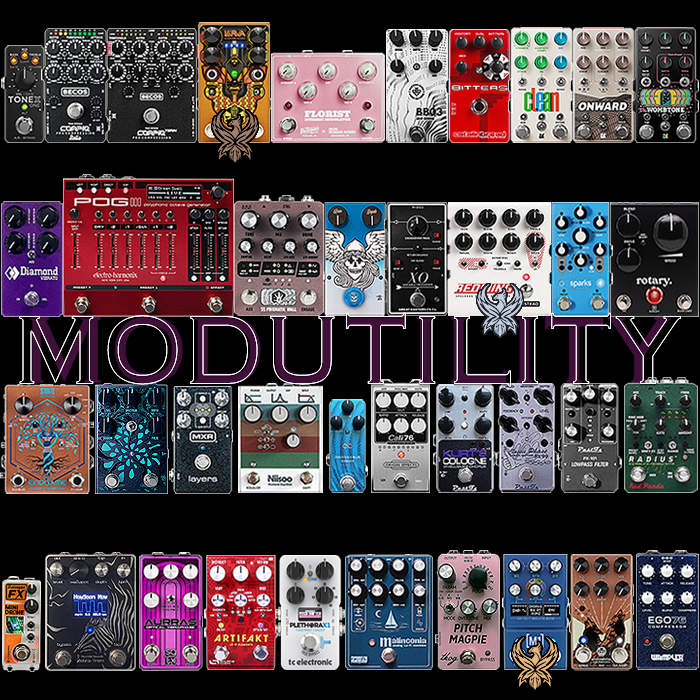
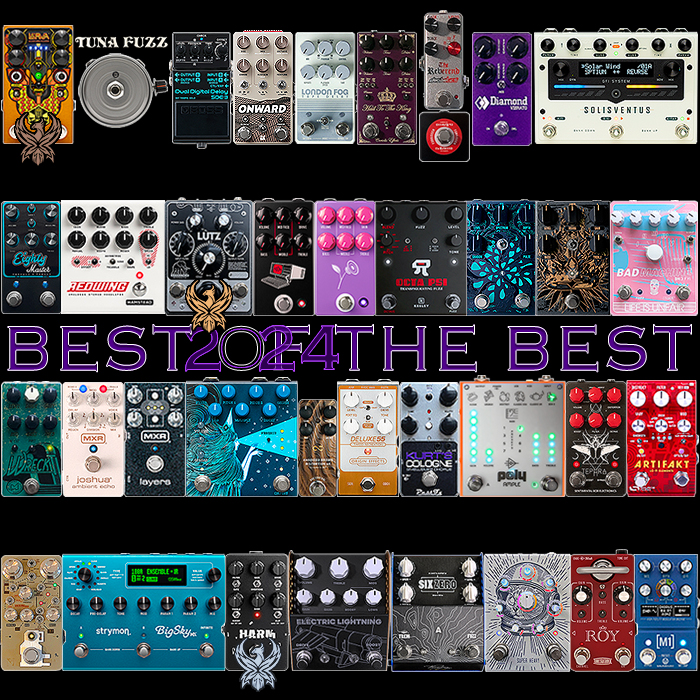
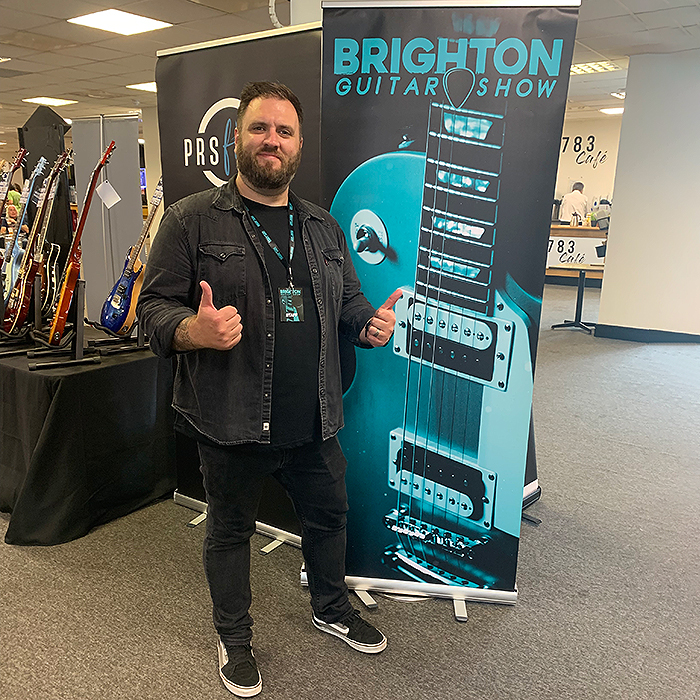
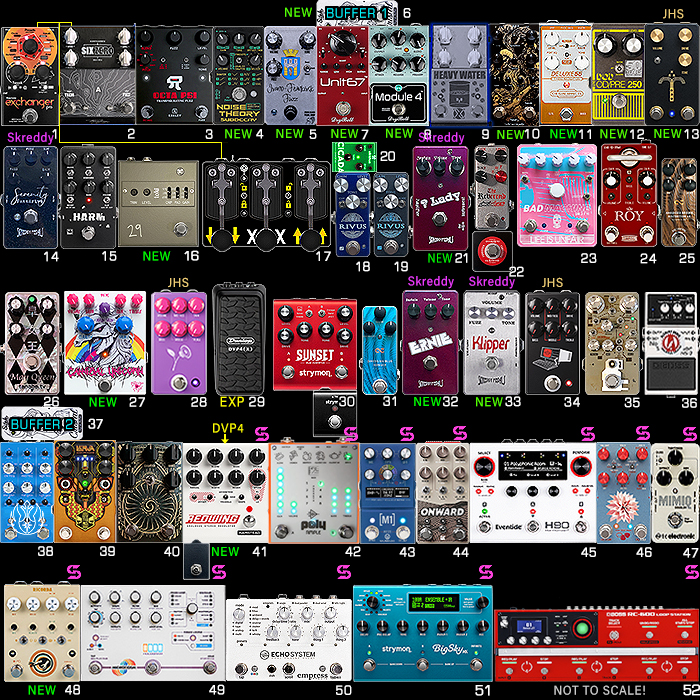
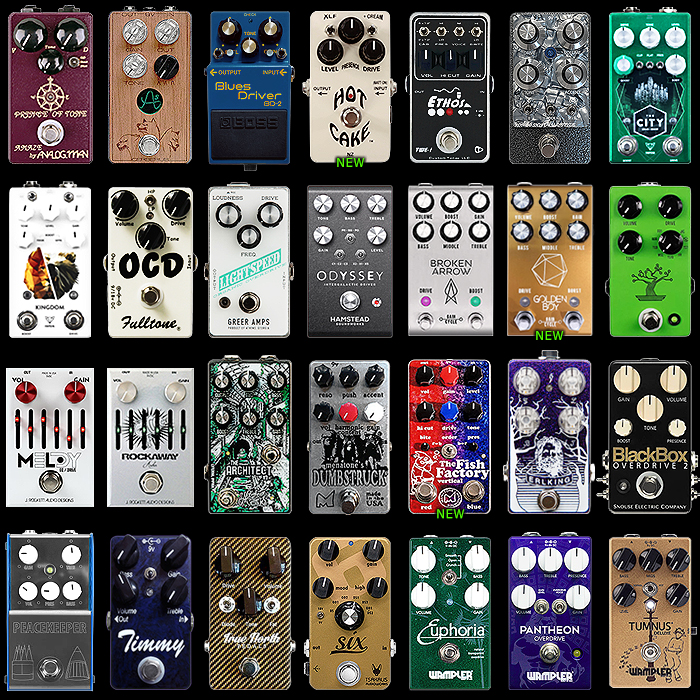
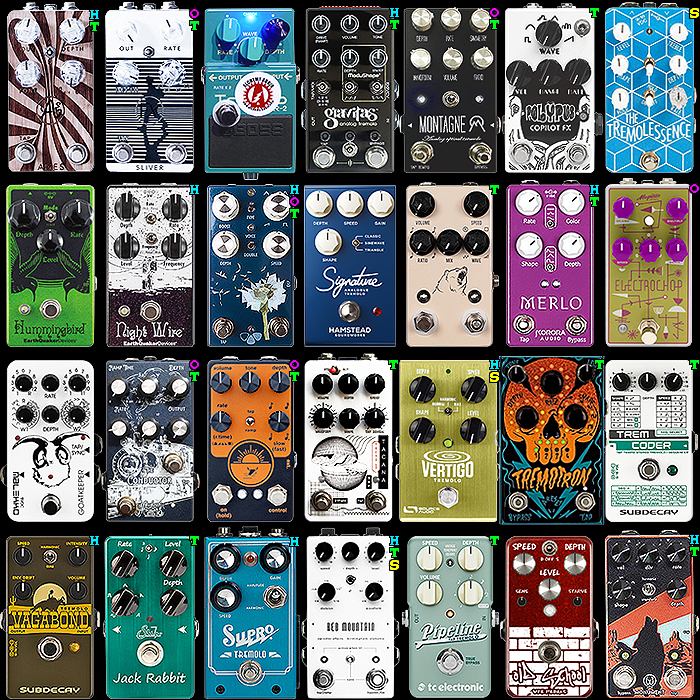
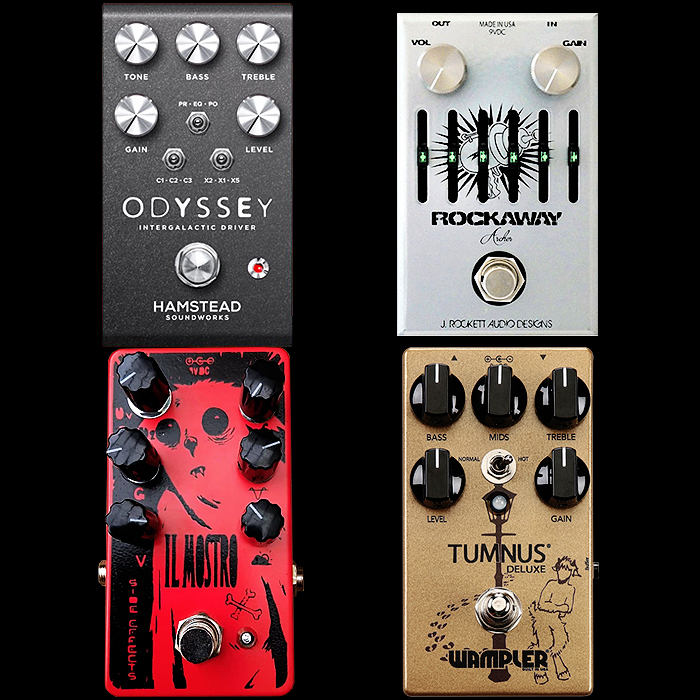

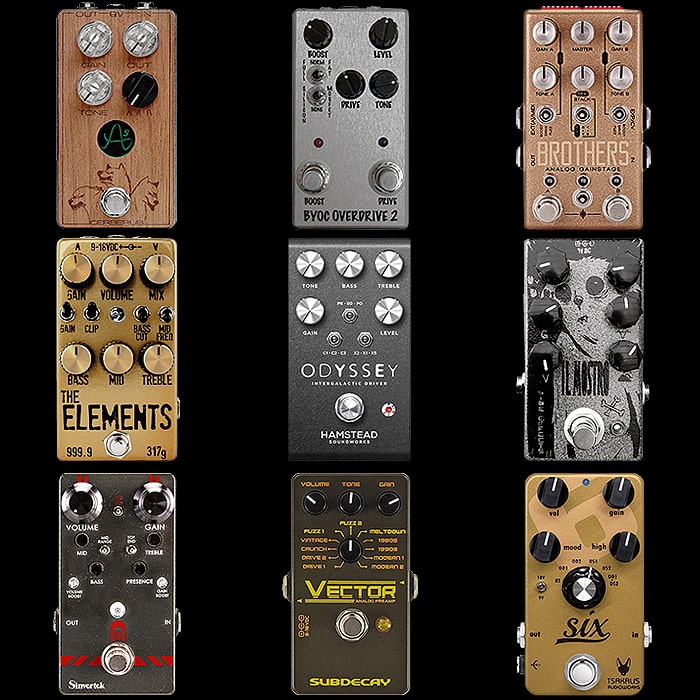
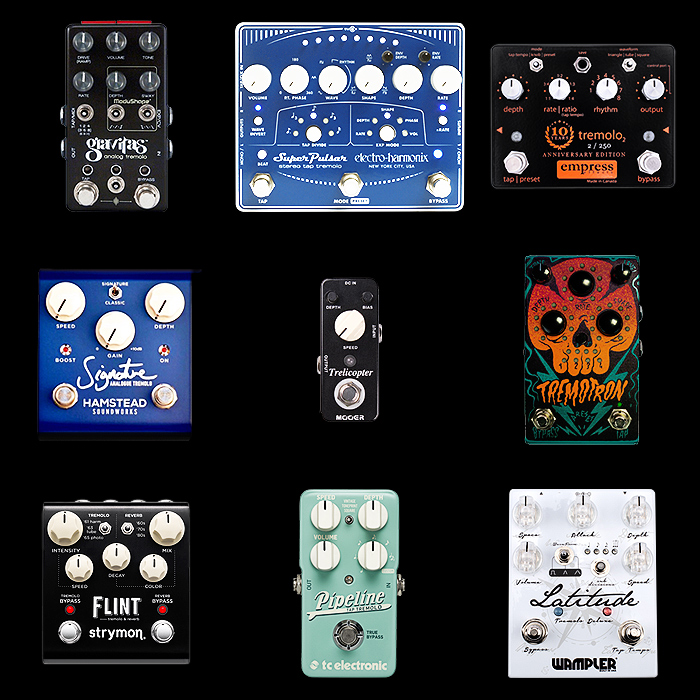

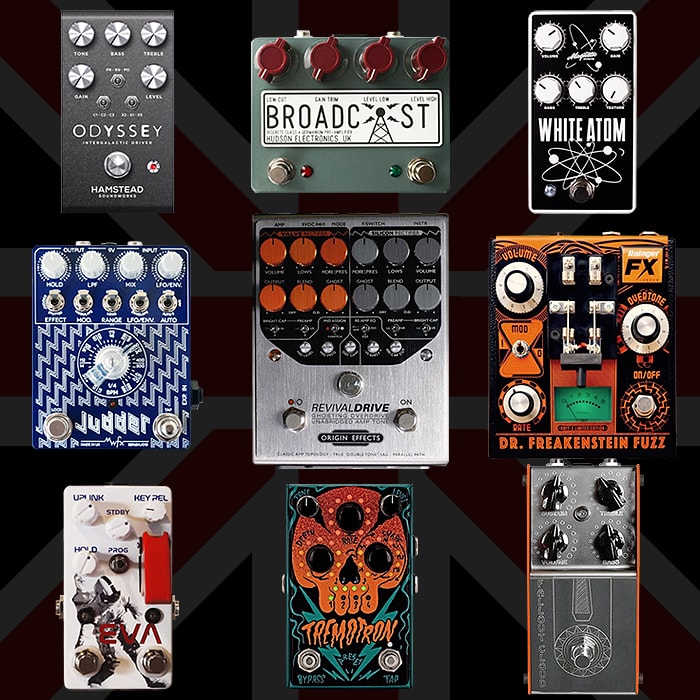
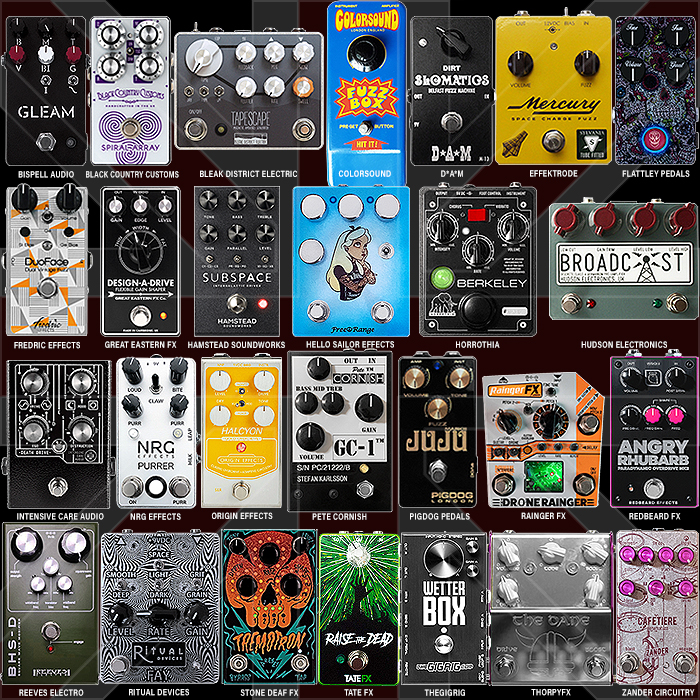
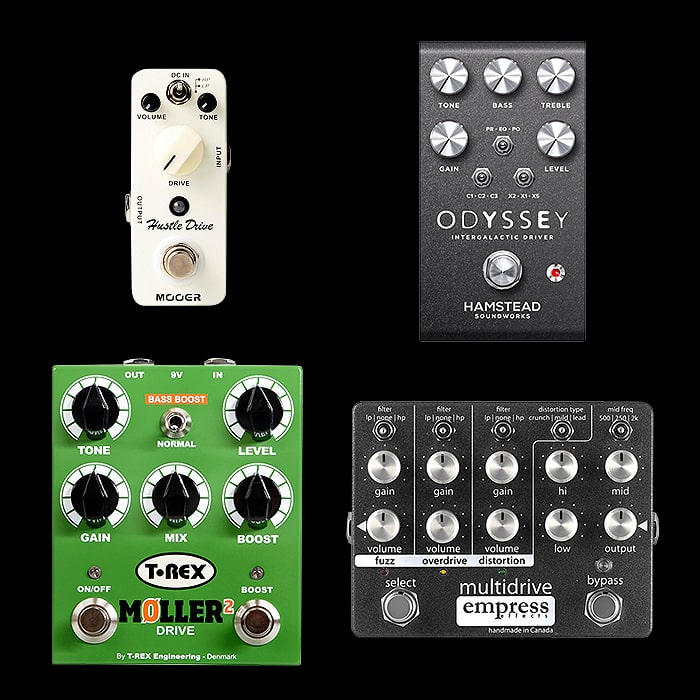
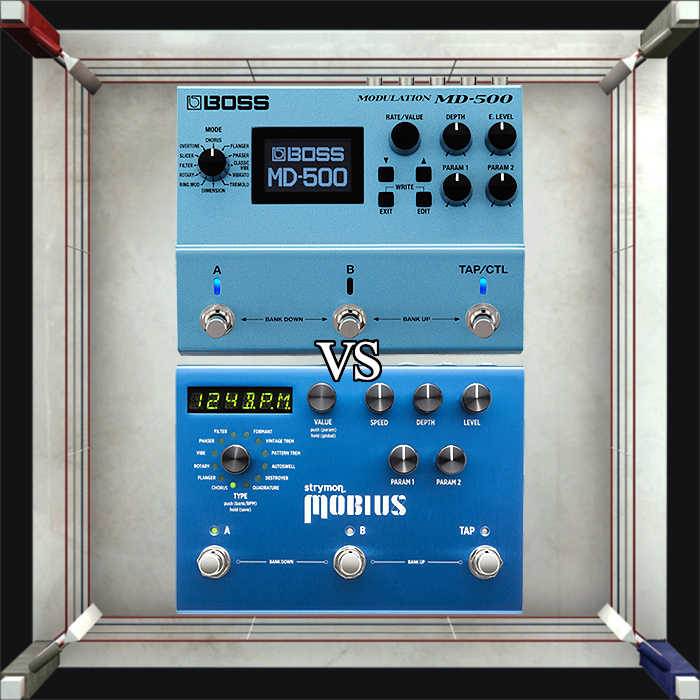
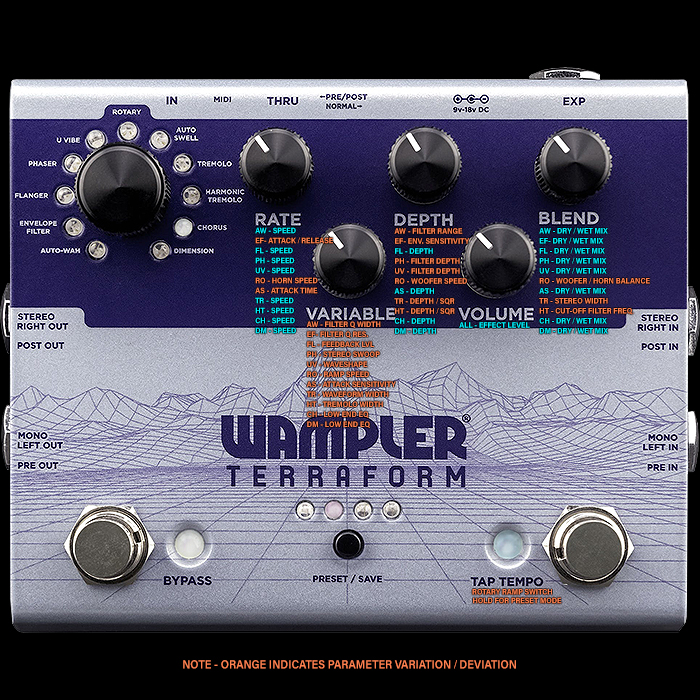
![First-hand Impressions of the Walrus Audio Mako Series II [M1] High-Fidelity Modulation Machine First-hand Impressions of the Walrus Audio Mako Series II [M1] High-Fidelity Modulation Machine](https://d6a2e7ghqts3o.cloudfront.net/AcuCustom/Sitename/DAM/556/2024-GPX-Walrus-Audio-Mako-II-M1-Y-7001.jpg)
